Wartime Housing: Medicine or Poison for the Economy?
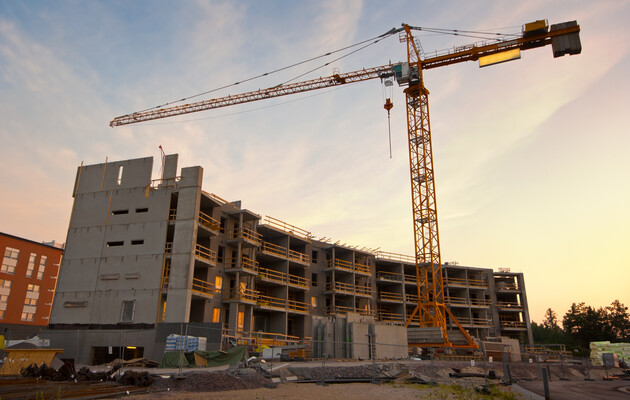
article by Heorhii Mohylnyi, town planning expert
According to recent estimates, since the beginning of the full-scale invasion of Russia, about 45 million square meters of housing stock have already been damaged or destroyed. For Ukraine to be able to return to normal life as soon as possible, it is necessary not only to defeat the aggressor, but also to restore the economy and rebuild what was destroyed.
The state authorities have not yet published any well-defined plans for the reconstruction of the destroyed housing. We only know of the plans of the president’s office to provide temporary housing for part of the displaced people, for which they will have bought 23 thousand apartments from developers and build another 30 thousand by the end of the year.
The suspended since February 24 residential complexes construction has begun to gradually recover. Private developers make no secret that sales are not going well, and many count on the opportunity to sell part of the new apartments to the state.
At first glance, the resumption of housing construction and even increasing its pace thanks to new projects for the temporary accommodation of displaced people seems positive for the economy will revive, taxes will begin to fill the budget, new jobs will appear, and the number of housing units will increase. But is everything really so great?
Not every business, even though it used to be useful for the economy in peacetime, will be appropriate in wartime. The war and the first stage of recovery after its end always imply a shortage of manpower, materials, finances, and logistical problems. Any mistake at this time can be very expensive.
So let’s figure out how housing construction affected the country’s economy before the war and what has changed as a result of the war.
-
Magical investment multiplier versus insidious imports
In recent years, construction has been presented by the state authorities as a kind of “philosopher’s stone” that easily turns every invested hryvnia into golden percentages of GDP.
It is easy to explain the use of this narrative, since back in 2018, the Better Regulation Delivery Office (BRDO) leaded by future Prime Minister Oleksiy Honcharuk and head of the Servant of the People party Olena Shulyak discussed the “construction as doping effect on the economy.” According to BRDO experts’ calculations, each hryvnia of investment in construction should increase Ukraine’s GDP by 6.7 hryvnias.
In 2019, this position, together with the management of BRDO, gained power and conquered the office of the president with its ingenious simplicity – it is only necessary to get additional funds of one per cent of GDP somewhere, spend them on construction, and GDP grows by almost seven per cent. Add a little each year and the promised economic miracle with GDP growth of 40 per cent by the end of the president’s term is guaranteed.
At first, the stakes were rising. In the midst of the struggle for favor of the office of the president between road and housing construction, the Confederation of Constructors of Ukraine (CCU) already claimed that every hryvnia invested in housing construction gives 11.5 hryvnias to the country’s economy and significantly outpaces the effect of road construction.
However, neither BRDO nor CCU managed to make public the experts’ calculations. Subsequently, the publicly announced multipliers value of investment in construction gradually decreased to 1.5–2, and then transformed into the general narrative saying “this is how the USA recovered from the crisis even during the Great Depression.”
As a matter of fact, the USA are still overcoming the crisis in this way, and the calculation of the Keynesian multiplier is generally a mandatory element for determining the direction of any state support. But EU countries do not use this method of saving the economy during a crisis, for it does not work for them.
The reasons for this are quite obvious. The extra money will circulate within the country’s economy and improve it, if such funds do not flow abroad too quickly as payment for imported goods. The USA is a country with one of the lowest shares of imports relative to GDP (according to the World Bank data, in 2020 it amounted to 13.2 per cent). In the EU countries, as well as in Ukraine, the average respective indicator is a little more than 40 per cent.
The average 40 per cent of imports in our country does not mean that the investment multiplier will not work at all, but the magnitude of the effect will not give birth to an economic miracle, and it is necessary to choose the object for investment quite carefully so as not to harm the economy.
A simple example is Big Construction. About 40 per cent of the cost of road construction is imported bitumen. That is, from every hryvnia spent by the state on materials, a maximum of 60 kopecks will enter the economy of Ukraine and will further create a multiplier effect in circulation, and the other 40 kopecks will immediately work for the importing country.
The NBU calculated the Big Construction multiplier based on the indicators of 2020 using two methods and obtained an available value of 0.96 and a possible value six months after spending money on roads amounting to 1.03 (Inflation Report, January 2021, note 9, p. 17). The GDP increased by that amount of money spent additionally from the budget, and any crazy multipliers of investments in road construction turned out to be a fiction.
What about the imported component of housing construction?
According to secretary of the Verkhovna Rada profile committee and vice-president of the CCU Dmytro Isayenko even for affordable housing, where the share of imported materials before the war sometimes amounted to only 20 per cent, it may be necessary to import at least 70-80 per cent of components today.
But what do domestic building materials imply? In most cases, this is an energy-intensive production using imported gas, glass, fittings, bricks, clinker tiles, aerated concrete... With the increase in gas prices, the already large import component in the price increases. As well as does imported equipment for the production of modern building materials, imported fuel for transportation, imported construction machinery...
That is, even before the war, the import component of housing construction was not much smaller than that of road construction, so no large investment multiplier in it could theoretically exist. And now the situation has worsened catastrophically.
When the lion’s share of the cost price becomes imported, the construction will turn into a black hole draining financial resources from Ukraine, and the added value produced and the jobs created will be significantly less than the money invested in the construction.
Until the domestic production of construction materials is restored, construction itself will have a strong negative effect on the economy, weakening the country. Therefore, it is extremely important to choose what to build during this period. If industrial facilities are built, they begin to produce added value, quickly cover the negative impact of their construction with imported materials and start the recovery of the economy. If housing is built in pre-war volumes, a very small percentage of the population will improve their housing conditions or earn from investments, and Ukraine will become poorer as well as it will irrevocably lose part of the reserves having been so necessary for post-war reconstruction.
But the negative financial consequences of the resumption of housing construction will appear gradually, instead we will instantly face two other problems.
Congestion of cross-border logistics routes. When most factories do not work, all that is left is stock in warehouses. It is these stocks that are cheaper and more accessible in terms of logistics, which makes it possible to relatively quickly carry out primary work on the restoration of damaged objects. What happens when these stocks of building materials inside the country are exhausted?
At the moment, sea communication is blocked, deliveries through Russia and Belarus are impossible, and deliveries through the western border for priority needs are already delayed because the border throughput does not allow it. Has anyone calculated the amount of building materials that the remaining cross-border logistics can handle and what the additional delays during the delivery of more important things will be?
Shortage of building materials. If the available stocks or available volumes of import of building materials are used for the new construction of residential complexes, there will be no materials for urgent restoration works.
Repairs of damaged housing and critical infrastructure of building materials (per square meter of space) require many times less resources than new construction. Currently spending building materials for 3-4 million square meters of new housing, we lose the opportunity to renovate by autumn 15–20 million square meters of damaged housing in the territories liberated from the Russians. And in addition to the repair of damaged housing, there are even more important construction works of defense importance.
For some, the mentioned disadvantages of the active recovery of new housing construction may not be enough, because it is too often discussed that the main thing now is that people work, taxes are paid, and this will cover any other negative. But builders have a lot of work even without new construction, and employment in the production of construction materials will not increase from new construction until production resumes. There remains the issue of taxes, so let’s move on to that.
-
The indicative share of construction in GDP and whether it is appropriate to count on taxes from housing construction
The impact of construction on the country’s economy is formally assessed by other methods. For example, head of the Servant of the People party Olena Shulyak also promotes the strategy of analyzing the “health of the economy” by the share of construction in the state’s GDP. According to her data, the contribution of construction to the GDP of European countries amounts to 5–7, sometimes nine per cent. In Ukraine, this indicator in 2019 was slightly more than two per cent, and in 2021, thanks to Big Construction, it increased to 2.9 per cent. Accordingly, the recipe for the treatment of the Ukrainian economy is simple – to increase the share of construction in GDP by increasing construction costs.
However, GDP is value added, not production volume, so the share of construction in GDP does not necessarily reflect the volume of construction in the country. Let’s check this on the example of Germany and Ukraine according to the data for 2020 (the necessary data for 2021 is not yet available).
Germany’s construction industry produced products worth EUR 380 billion (12.4 per cent of GDP), and the contribution to GDP amounted to 178 billion (5.8 per cent).
The construction industry of Ukraine, for its part, produced products worth UAH 642 billion (15.1 per cent of GDP), and the contribution to GDP amounted to 119 billion (2.8 per cent).
That is, we spend almost a quarter more on construction than Germany does, and in terms of contribution to GDP, we are more than twice behind. Therefore, it is impossible to draw conclusions about the health of the Ukrainian economy and the strategy of its treatment based solely on the share of construction in GDP.
According to the State Statistics Service, construction in Ukraine is an absolute outsider among all types of economic activity in terms of the share of added value produced by it in the price of its products. This share is 2.2 times lower than the average in the economy. Construction lags behind even the manufacturing industry with its energy inefficiency and high energy prices.
This can indicate only one thing, namely construction is the absolute leader in frauds to understate the added value produced. It is economically expedient to understate the added value in construction in two cases: in the case of construction using public funds, where there is a limit on the contractor’s profit, and with a view to optimizing taxes.
The purchase of materials at inflated prices or fictitious purchases of materials make it possible to obtain additional profit in the case of performing works under state and communal tenders; the added value hidden this way will be included in the indicators for the processing industry.
Taxation in the construction industry has no benefits, but there are workarounds.
According to the Tax Code, VAT is calculated only in the first sale of housing. The builder sells the apartments to the developer at the cost of construction, and the developer sells them at market value; this simple scheme makes it possible to significantly, sometimes repeatedly (for the central part of large cities), reduce the payment of VAT. The share of added value, for which taxes were optimized, ends up in the section of real estate transactions.
The scheme with tax-exempt collective investment institutions (CIIs) is even more effective, but more complicated. The added value devoted to optimization under this scheme will end up in the financial services section.
And such schemes are countless.
Last year, in an interview with ZN.UA regarding Draft Law No 5600, head of the Committee on Tax Policy of the Verkhovna Rada Danylo Hetmantsev claimed that the level of tax pressure on housing developers is 0.3 per cent of turnover (less than super-preferential agriculture).
These data are actually confirmed by the State Tax Service, which in the report on the implementation of the 2021 Work Plan with regard to taxpayers who carry out the construction of residential and non-residential premises reported on the declared income in the amount of UAH 184 billion and the accrued income tax of UAH 793 million. Tax efficiency amounted to 0.43 per cent.
As a result of the State Tax Service analysis, it was established that large real estate developers use CIIs (collective investment institutions) to attract investments from individuals and as a tool to optimize corporate income tax. Income tax relief amounted to UAH 4.9 billion.
Hence, only because of the use of the CIIs, the relief from paying the income tax six (!) times exceeded the receipts to the budget of the corresponding tax directly from the construction companies. But, as already mentioned, developers do not live by CIIs alone, so the real amounts of tax optimization are way higher.
It will be appropriate to remind that under the pressure of developers, the Verkhovna Rada removed from Draft Law No 5600 those norms aimed at combating tax optimization schemes in residential construction.
Undoubtedly, the money spent on construction also includes other taxes, in particular non-optimized ones, except the lion’s share of them was paid by domestic manufacturers of building materials, and such revenues will not be there until we restore the production destroyed by the war.
So, it is useless to expect to fill the budget with taxes thanks to housing construction for it is one of the least efficient industries for this. It will remain so until the share of construction in GDP is brought to the average European level, however not by increasing the volume of construction, but by cutting off the currently available loopholes to minimize taxes.
Do not be surprised, but the state will not only fail to receive large taxes, but also it will collect additional obligations. And here’s why.
-
Hidden benefits for housing construction
Imagine the situation. You buy a one-time metro ticket for eight hryvnias, and in front of the turnstile someone offers you to make money! The mechanism is simple, you rent this ticket to this person for one hryvnia, they use and immediately return it. Great business, isn’t it? You immediately earned a hryvnia, and you still have the ticket!
All readers instantly understand the absurdity of such a “business,” because UAH 8 is the price not for the piece of paper with the QR code, but for the right to travel, which was used. Here, using the example of a one-time ticket, the mechanism of renting communal or state land for multi-apartment housing development with a turnover of billions of hryvnias per year is described.
Housing construction is fundamentally different from industrial, office, or commercial construction. Housing construction is a business based on the construction process, not on the further use of built real estate. And if we are talking about a plot of land, then the right to build it has a price. As soon as an apartment building is built, the market price of the land lot becomes like that of a used ticket.
By leasing a communal or state plot for residential development, the local government de facto gives it away, i.e., the developer pays no more than 10–15 per cent of the market value of the land for several years, and then simply returns the already used plot with zero value. The value of this plot for the country’s economy constitutes the same component of the total cost of construction of the house as the building materials. But it is not paid by the developer, it is a gift to him from the territorial community or the state.
No other business in the country has such insane cost-related benefits from the state when acquiring land. Even when they brazenly steal land from the state in private ownership, the latter will receive more, because the new owner of the stolen plot always has to pay land tax afterwards.
Moreover, the plot for a residential building is also given with a dowry, i.e., after allowing residential construction on it, the local government undertakes to build all the necessary infrastructure from its own budget. Only the construction of normative schools and kindergartens will cost the territorial community, depending on the size of the settlement, from two to four thousand UAH per square meter of new apartments.
If the developer is decent and does not violate the standards of building density, then for each hectare of new multi-storey residential building from the local budget it is necessary to spend from 50 to 100 million hryvnias for minimum of social infrastructure. If the developer violates the density twice (this is a common violation for large cities), then multiply the necessary infrastructure costs by at least three, because it will be necessary not only to build it, but also to find additional land plots.
It wasn’t always this way.
As recently as 15 years ago, the land was rented out, as it is now, however in exchange, the developer transferred part of the built apartments to the local community (in Kyiv, this share would reach seven per cent on the outskirts of the city and 20 per cent in the central part). In addition, the developer had to pay share contributions for the development of the infrastructure, which were calculated considering the city’s needs for the construction and repairs of the infrastructure of the current year, and their size could reach 25 per cent of the cost of building the house.
Cities and developers were equal partners: the city invested its land in the joint venture and received its market value in exchange for apartments to provide for duty officers. And the developer not only earned from the construction of apartments, but also built all the necessary infrastructure for them himself or paid for the construction hereof.
Since 2008, everything has changed.
The state authorities decided to assist private developers during the global financial crisis of 2008. Local authorities were forbidden to charge for land for apartments, and share contributions were reduced. The crisis has passed, and the hidden benefits not only remained, but also increased over time. In 2011, developers who received communal land for rent in accordance with the old rules were released from the obligation to transfer the share of apartments established by the contracts to communal ownership, and from 2021, share contributions were finally abolished.
This way of supporting the industry is somewhat unique for Ukraine since in order to preserve the profitability of private companies and keep housing prices for those who are able to buy it themselves, the state deprived socially vulnerable population of the opportunity to get housing from the communal fund.
The local government’s obligation to build all the necessary infrastructure has not vanished, but where to find the money for this if housing developers do not buy land, but rent it for pennies on the dollar, and do not pay share contributions, as well as taxes are minimized?
This is how modern Ukrainian slums began to be born from neat new high-rise buildings, where instead of the prescribed three first classes of 30 students each, schools are forced to enroll 8-13 classes of 45 children.
How much is needed now to patch up the holes at least in the social infrastructure is not clear, because separate statistics for certain cities are not available. Over the past years, needs for 100–200 billion (!) UAH have accumulated, and every year this amount grows by another 10–20 billion.
This specific “benefit” is so imperceptible that additional costs are forgotten to be taken into account even during the construction of housing with budget funds. Take the 1.5 million square meters of built apartments for displaced persons promised by the president’s office. If residential buildings are built, as presented, with a budget for implementation, it will be only a very expensive scenery for filming a video with the handing over of keys to happy new residents. And in order to get not just apartments, but housing per se, it will be necessary to spend at least UAH 4–5 billion from the budget on social and transport infrastructure, and the costs of main engineering communications at this stage of planning cannot be calculated at all.
Unfortunately, if a business can get a free bonus from the government, then there always emerges a corrupt market for the sale of the said “free.” Only developers in power or close to it will be able to get plots for themselves free of charge, as the law allows. For the rest, the “free” from the state or the city will be sold at market value. For instance, in Kyiv, before the invasion, there were a large number of advertisements for the sale of rented communal plots; the price ranged from 12 per cent of future apartments on the outskirts to 25 per cent in the center. But these profits, of course, do not fill the city budget, instead they end up in the pockets of intermediaries and officials.
Hence, benefits for housing construction are not only a loss of funds for the state, but a powerful blow to the health of the economy in general, because they additionally create powerful anti-competitive conditions with a rampant corruption component.
So, it is better to forget the myth about the benefits of housing construction for the country’s economy. This is an insanely expensive thing for the budget; benefits and subsidies for developers are indirect, and at first glance they are unnoticed. Even in a relatively stable situation before the invasion, there was a lack of money in local budgets to offset the negative consequences of building surplus housing.
Instead of Conclusions
Rebuilding the destroyed, so that every displaced person can get their own home again, is a priority objective for years to come. And the faster the economy recovers, the sooner this task will be accomplished.
During the war and in the first post-war period until the restoration of the domestic production of building materials, new housing construction will neither help the growth of the economy, nor aid the filling of the budget with taxes or creation of an adequate number of jobs for investment — it will only slow down the recovery of the economy and reconstruction of the destroyed one. Even before the war, housing construction, due to crazy hidden benefits and opportunities for tax optimization, did not boost the economy, but created additional problems for the budget and turned cities into slums.
By lobbying the interests of housing developers, the authorities constantly try to switch causes and effects. However, everything is this simple: countries do not become rich by building a lot of housing; rather, they build it because they can afford it. Housing is not development, but consumption. And, in addition to the costs of the economy’s reserves for construction, it is also needed to consider the costs of maintaining the built object.
So, maybe now it is necessary not to create yet another benefits for developers and financially support the industry, which even before the war perfectly hit the state up for preferences and taxes, but to change the rules of the game so that housing construction starts working in the interests of Ukraine, and not only to line the developers’ pockets?
45 million square meters of housing stock were destroyed, their restoration requires at least 40 billion dollars. These are crazy numbers in absolute terms. But in relative terms, this is only 4.5 per cent of the available housing stock. For comparison, during the Second World War, Ukraine lost 45 per cent of its housing stock, and Germany lost 25 per cent.
As a result of the housing war, we are back in 2017–2018. There is currently no catastrophe with a lack of housing, so that it is impossible to temporarily provide for everyone in need of it. Therefore, while the war is going on, there is no need to waste money and other resources on new housing construction, especially considering the accompanying negative consequences hereof.
In Ukraine, there is enough available housing to accommodate all IDPs, since before the invasion we had huge reserves.
But this is another story deserving a separate article.
Read this article by Heorhii Mohylnyi in russian and Ukrainian.
Please select it with the mouse and press Ctrl+Enter or Submit a bug












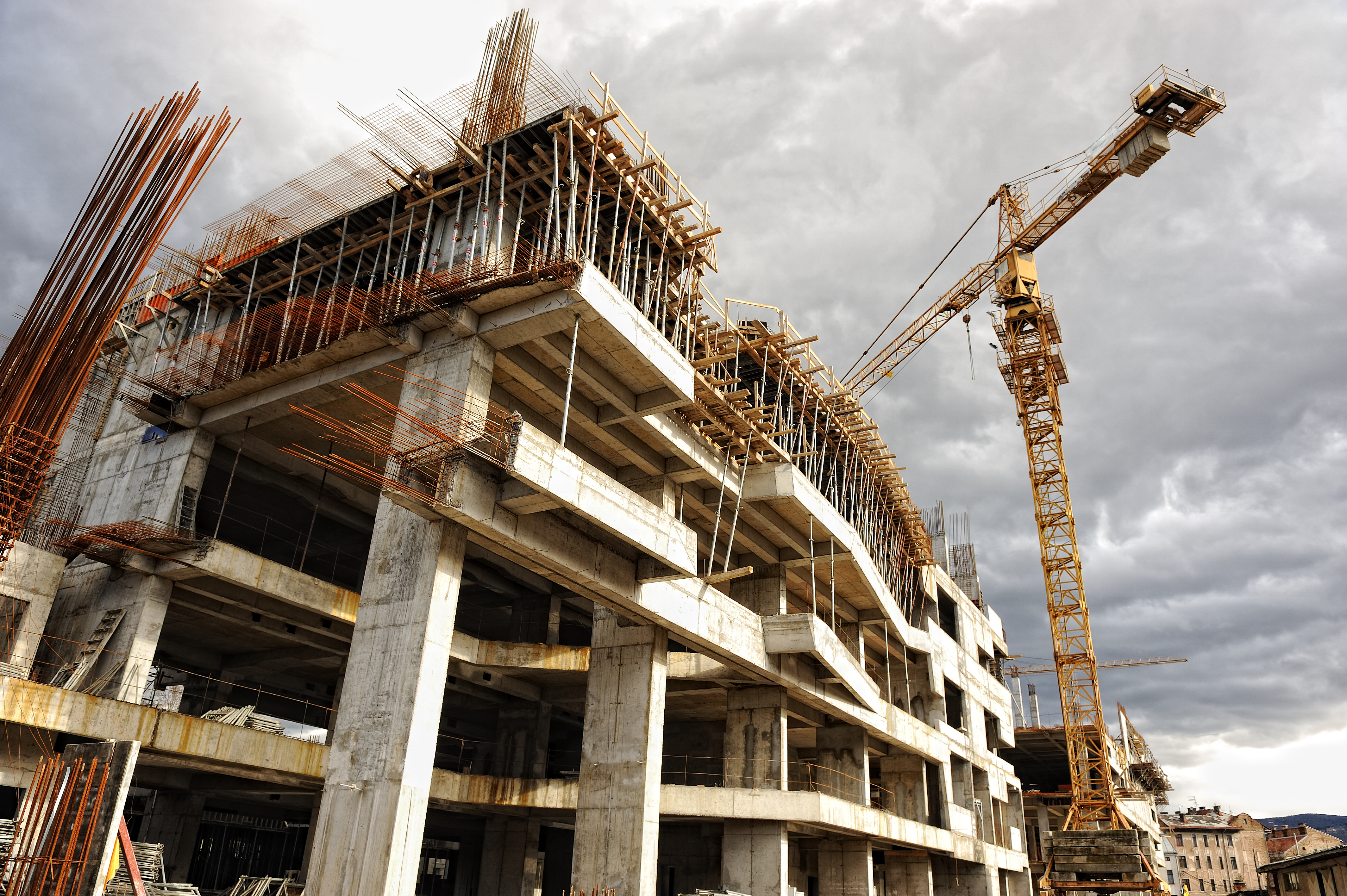
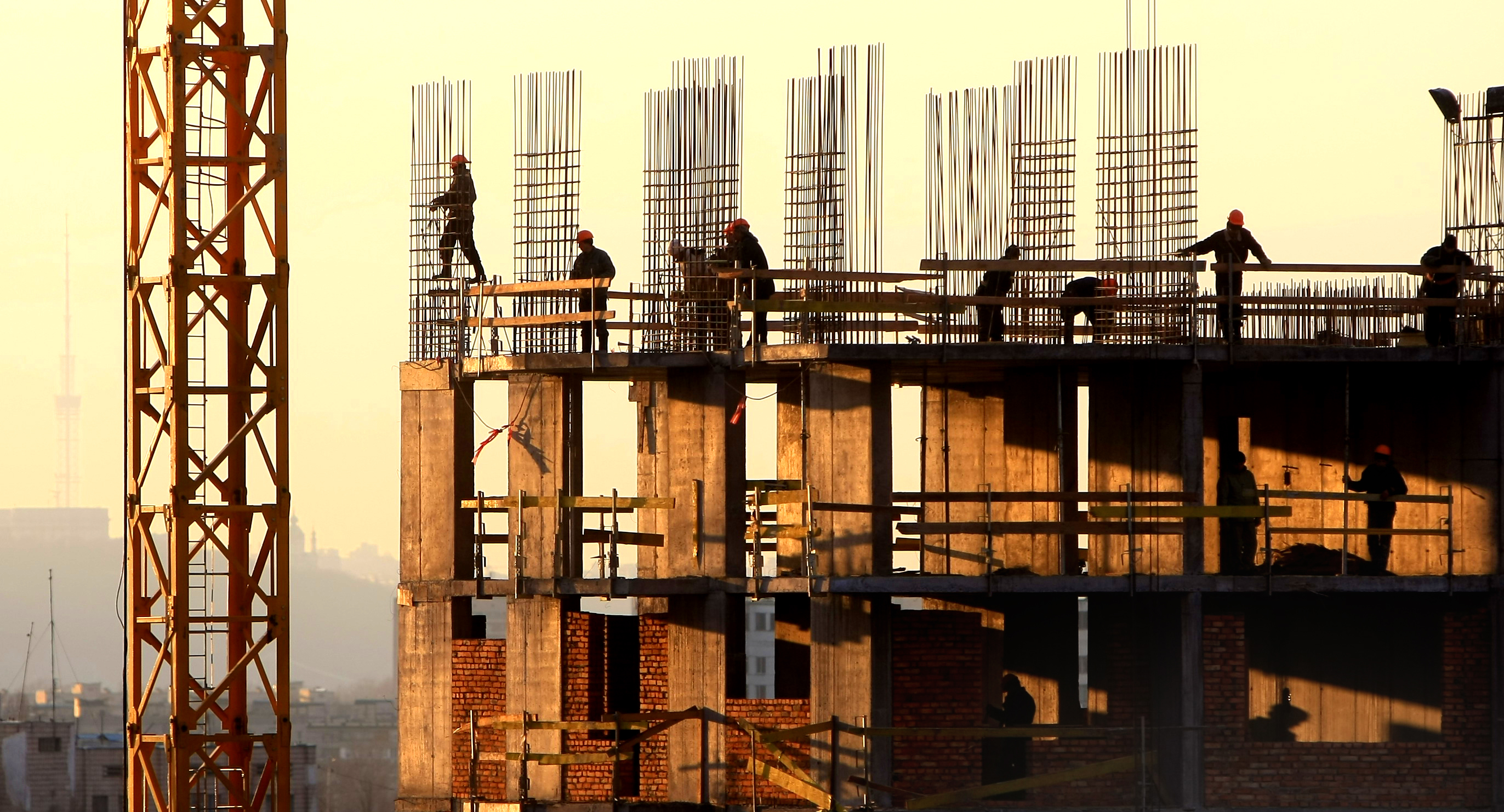
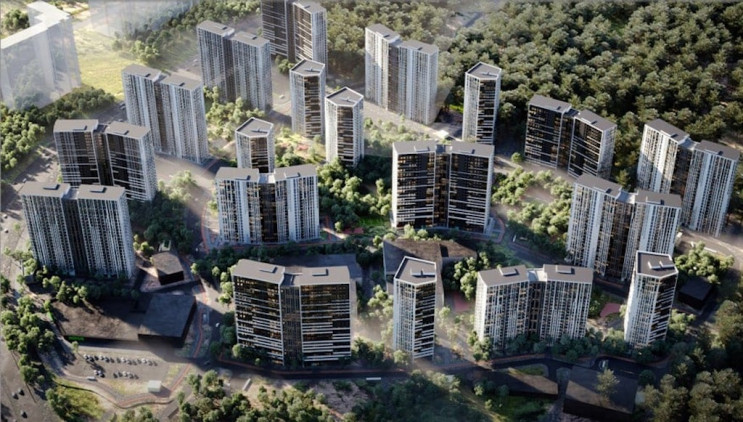
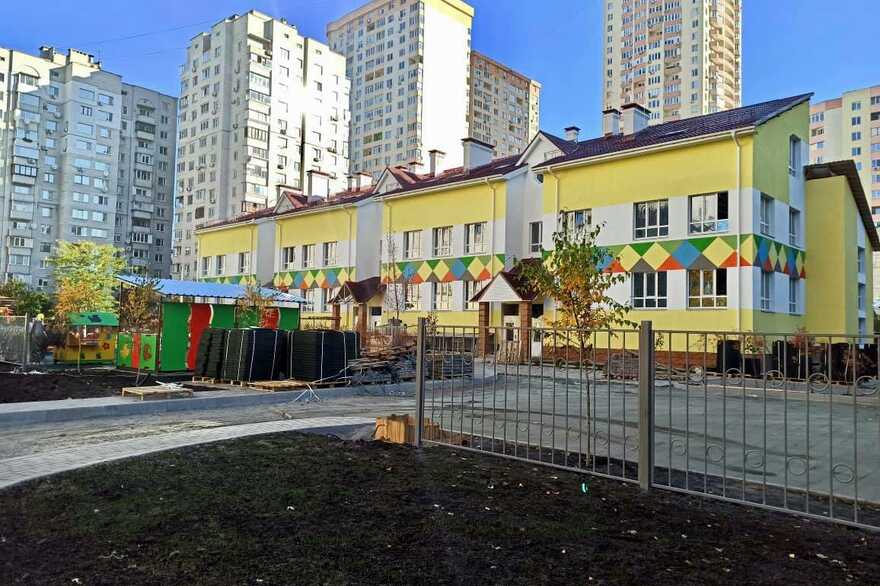
 Login with Google
Login with Google